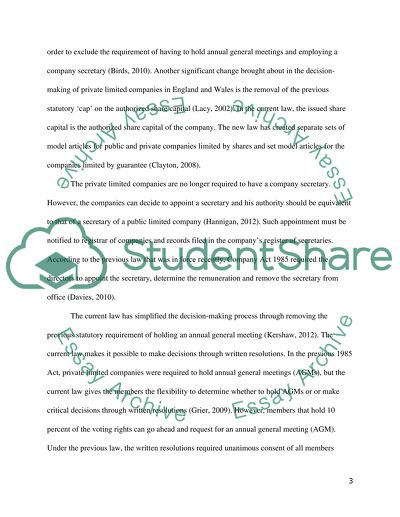Cite this document
(“Decision-making processes within private limited companies in England Essay”, n.d.)
Retrieved de https://studentshare.org/law/1493854-decision-making-processes-within-private-limited-companies-in-england-and-wales
Retrieved de https://studentshare.org/law/1493854-decision-making-processes-within-private-limited-companies-in-england-and-wales
(Decision-Making Processes Within Private Limited Companies in England Essay)
https://studentshare.org/law/1493854-decision-making-processes-within-private-limited-companies-in-england-and-wales.
https://studentshare.org/law/1493854-decision-making-processes-within-private-limited-companies-in-england-and-wales.
“Decision-Making Processes Within Private Limited Companies in England Essay”, n.d. https://studentshare.org/law/1493854-decision-making-processes-within-private-limited-companies-in-england-and-wales.


